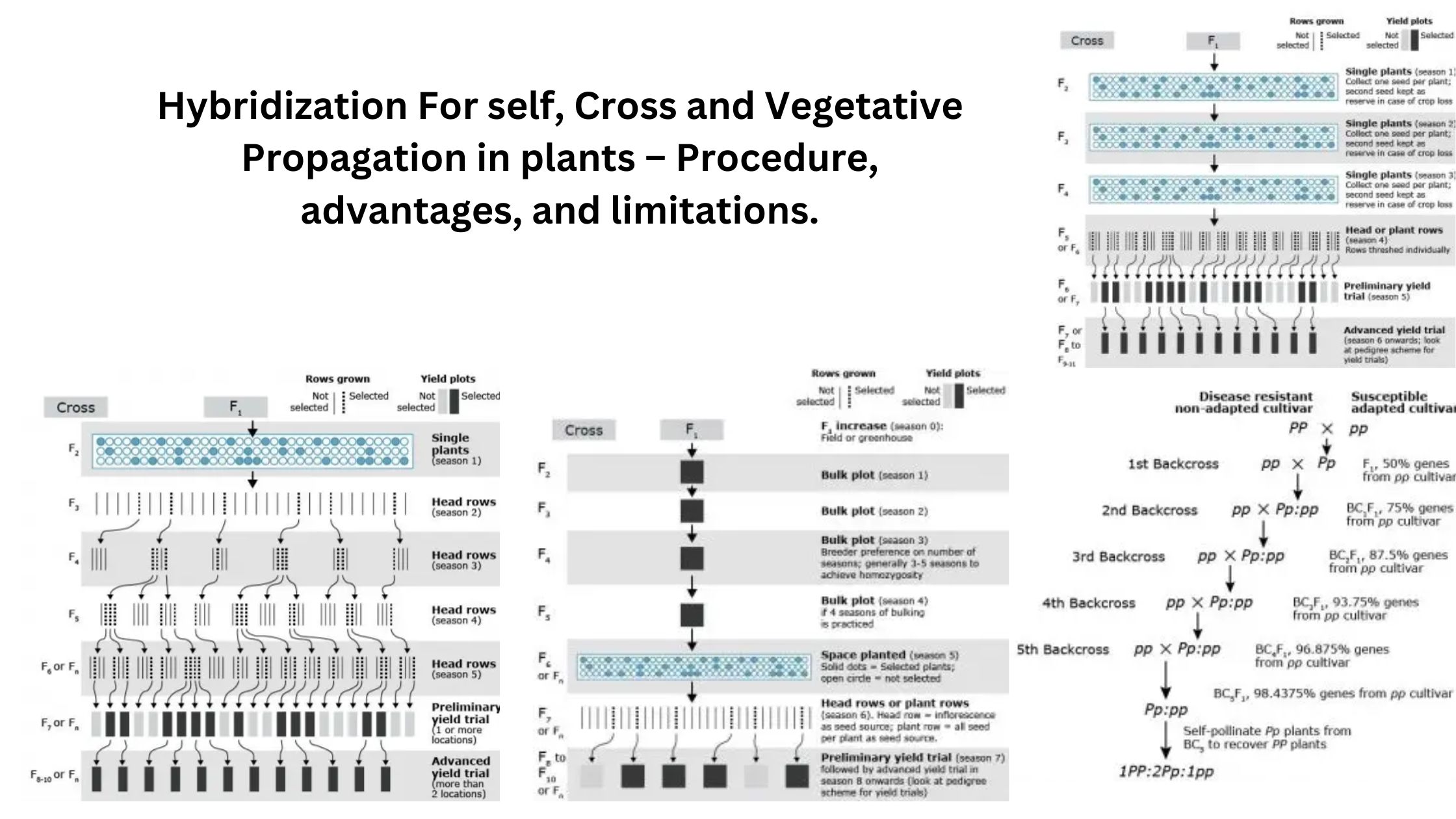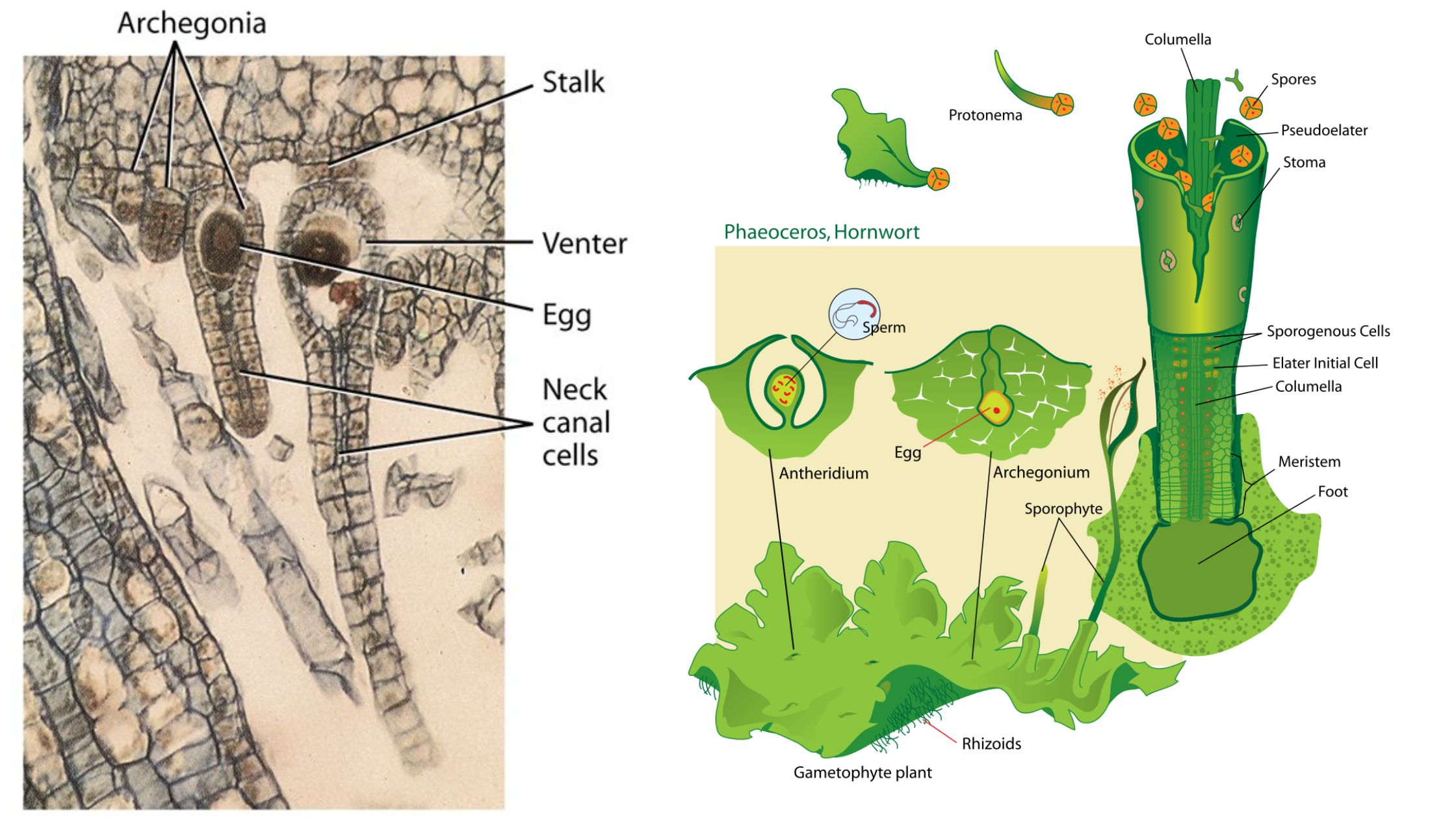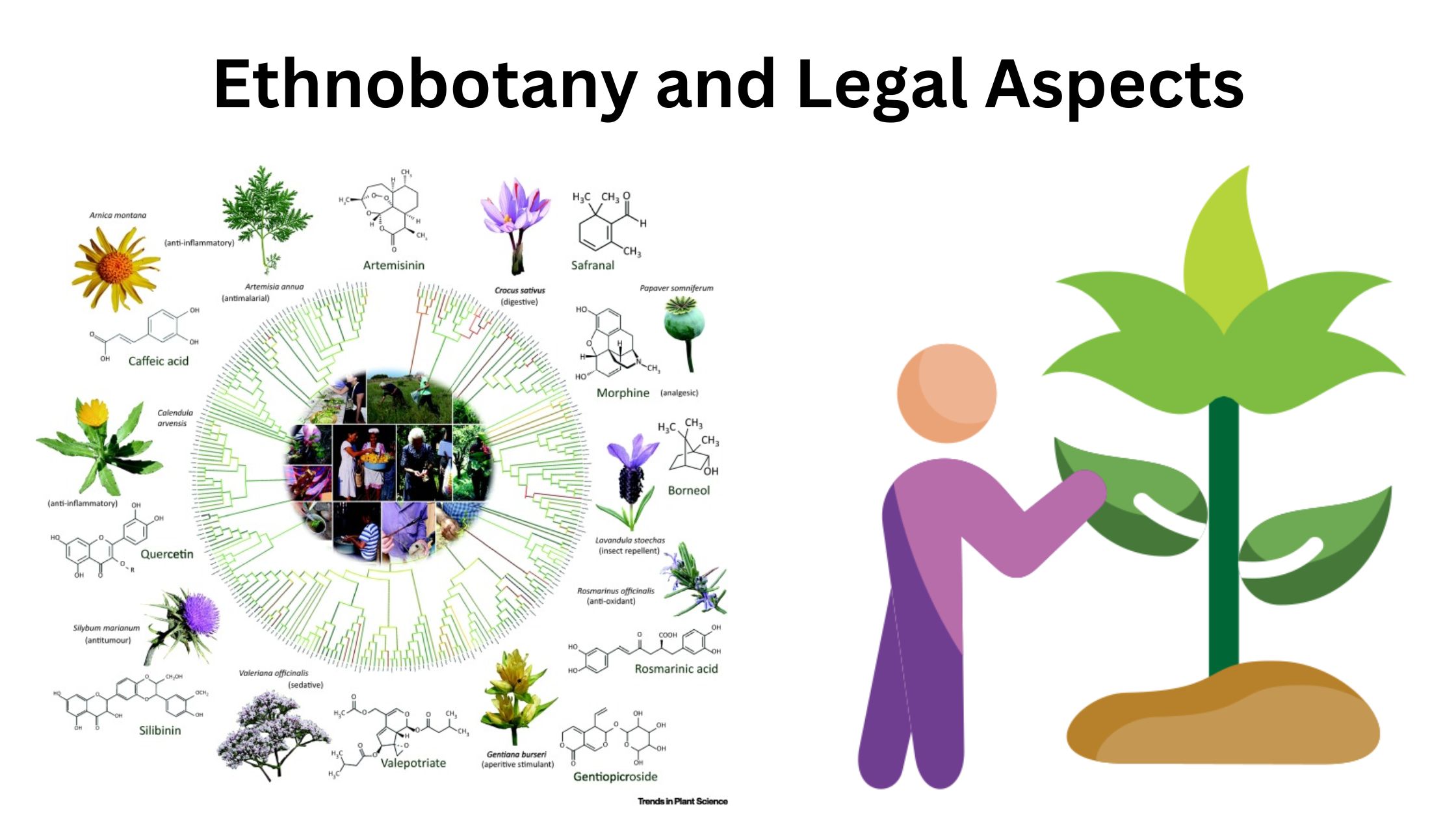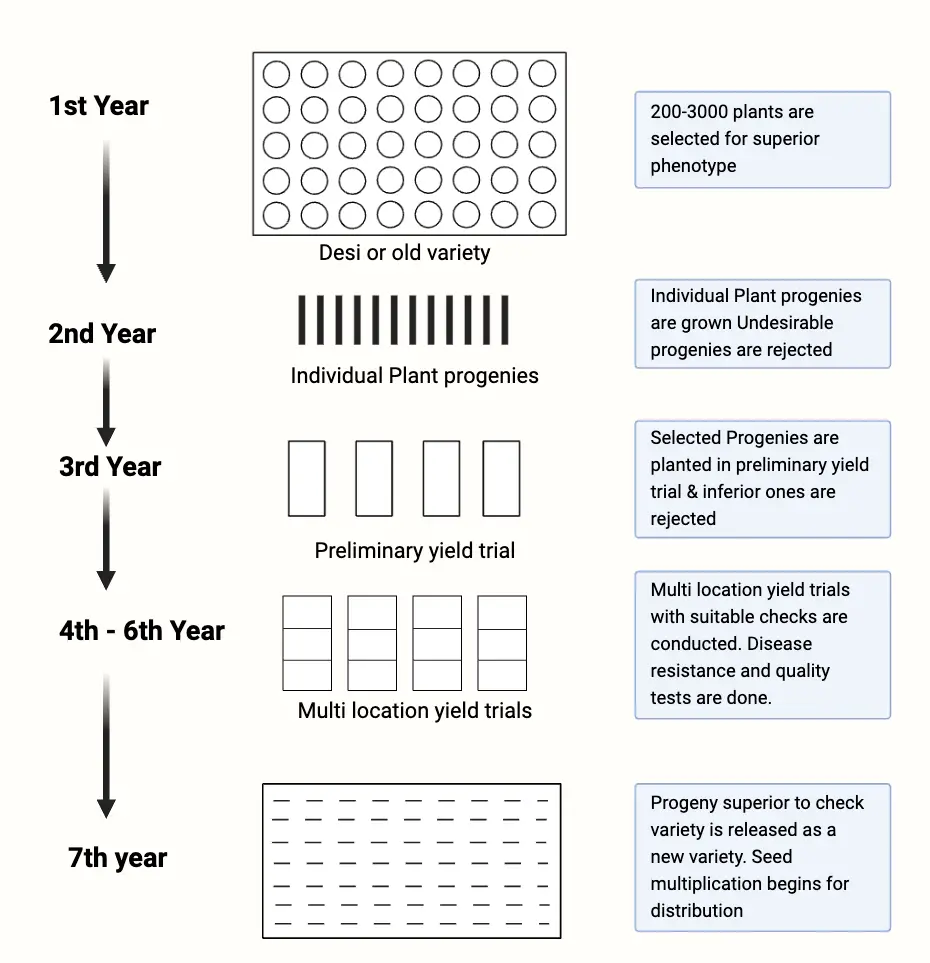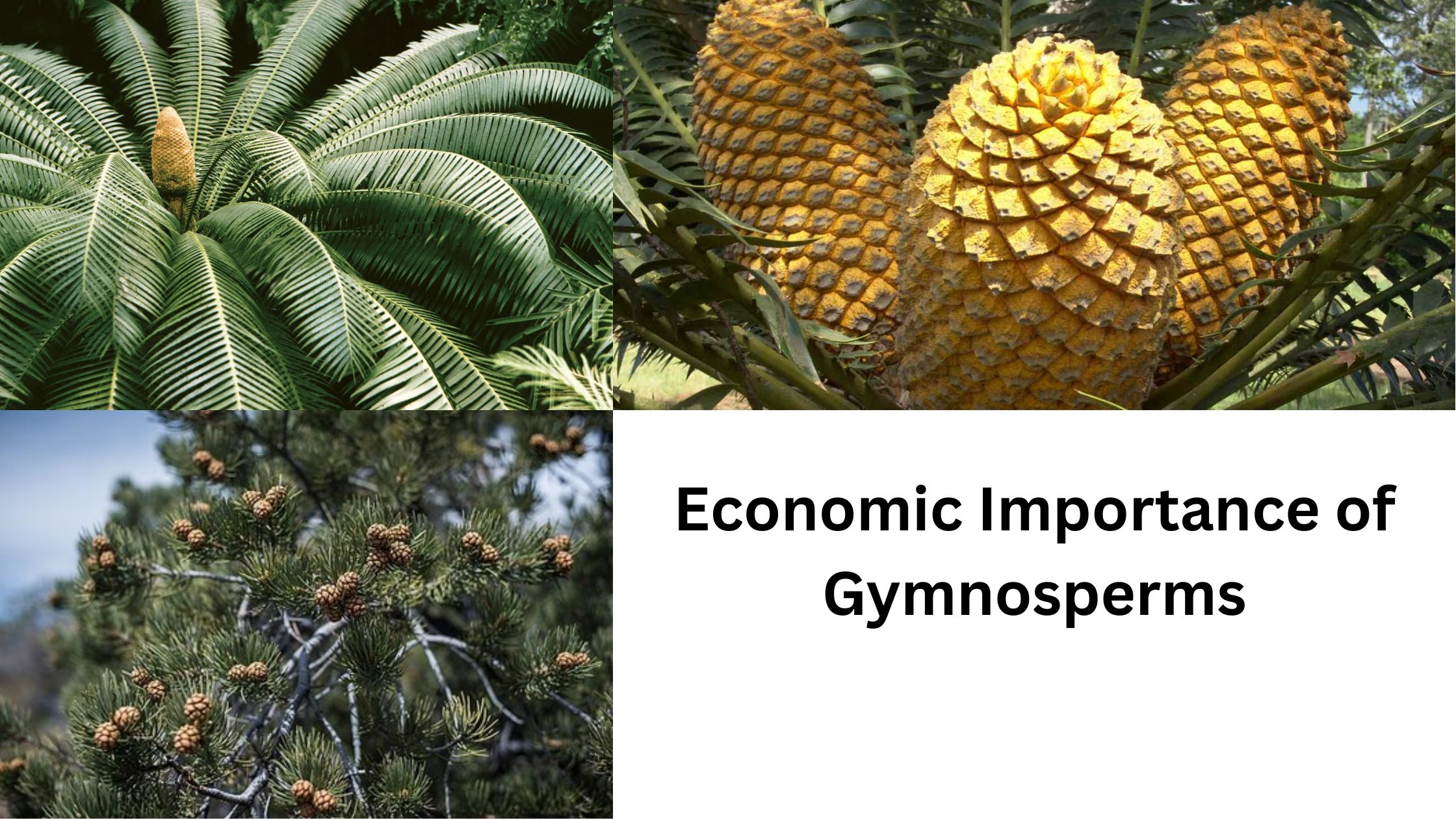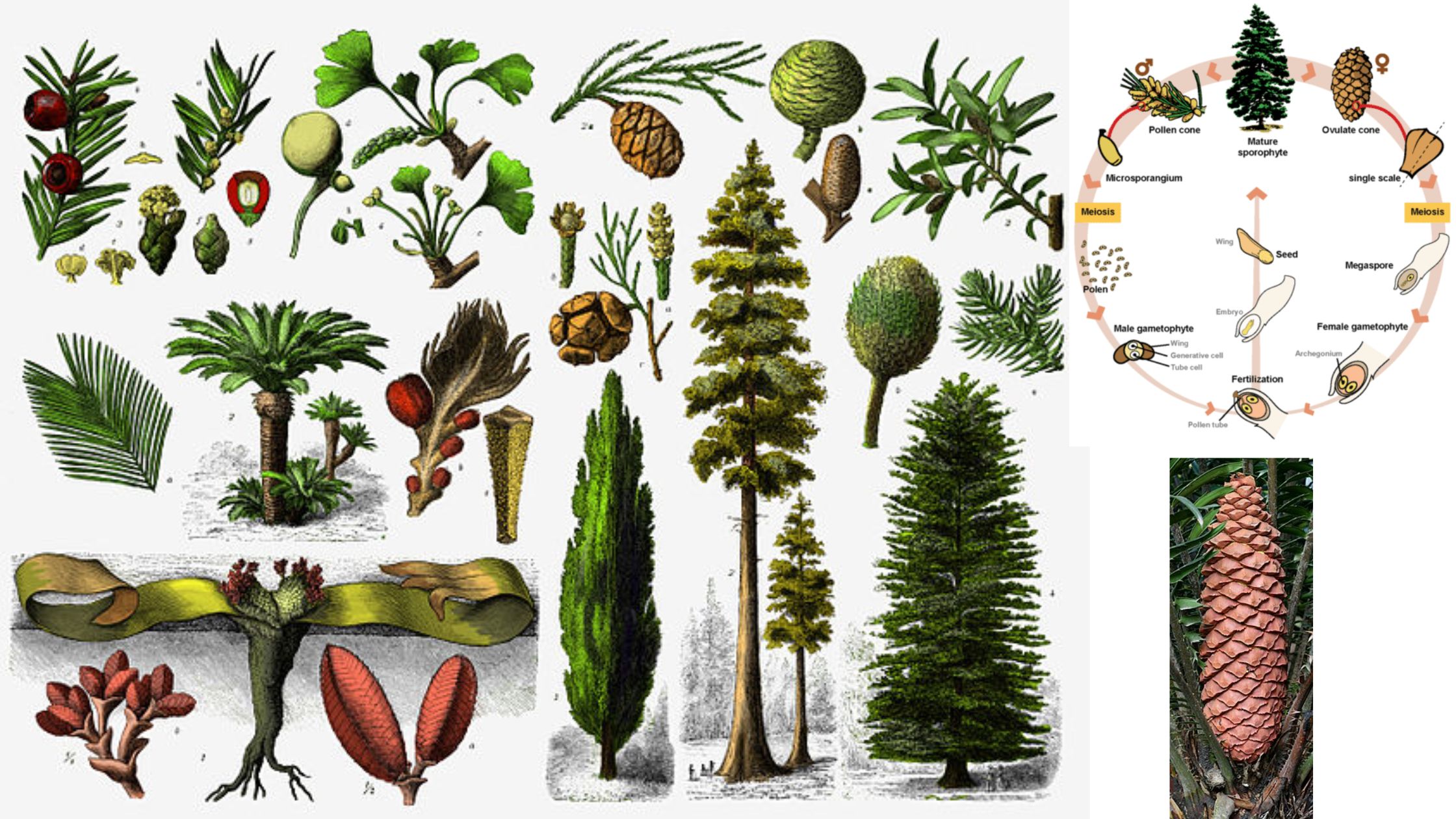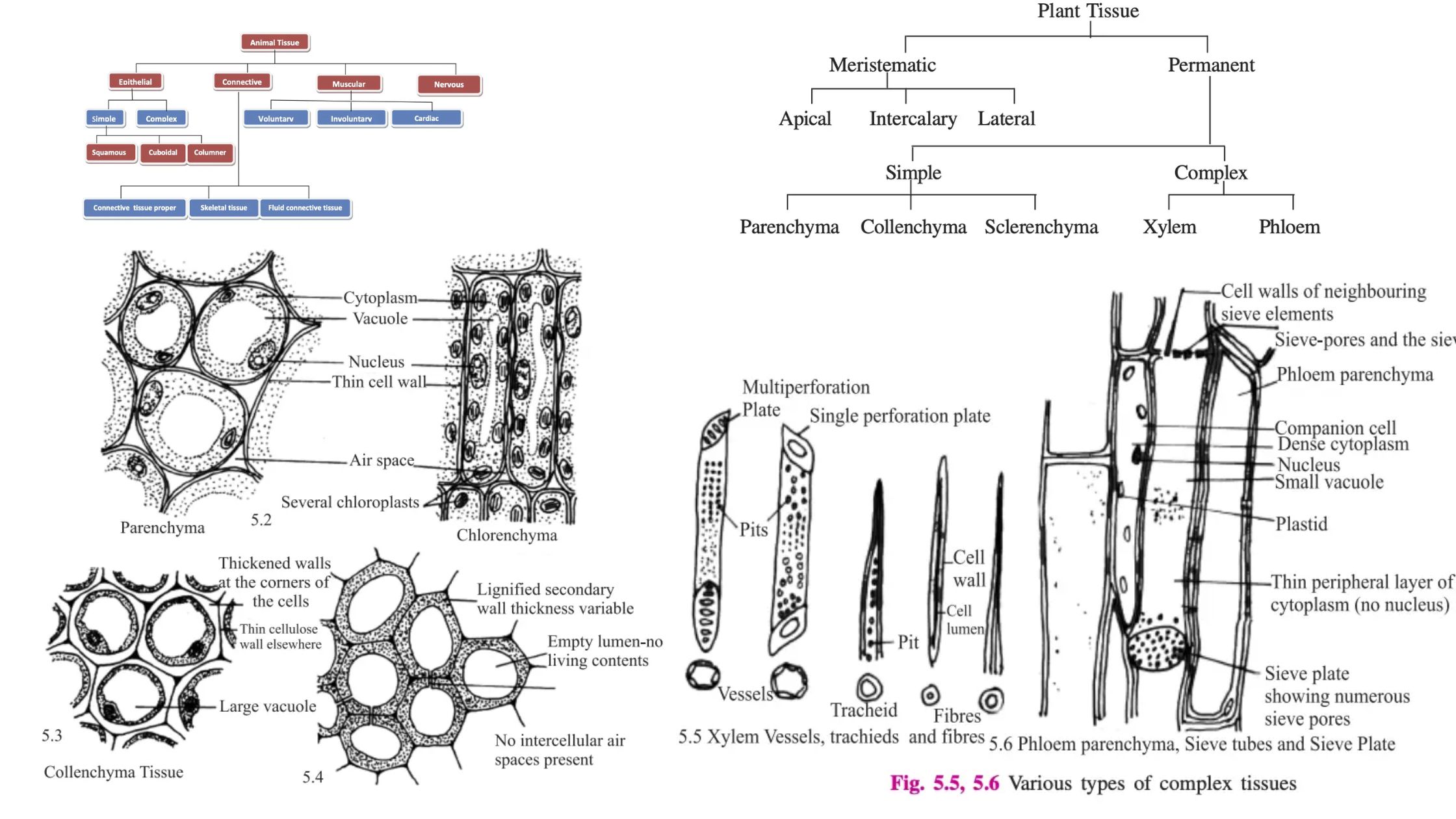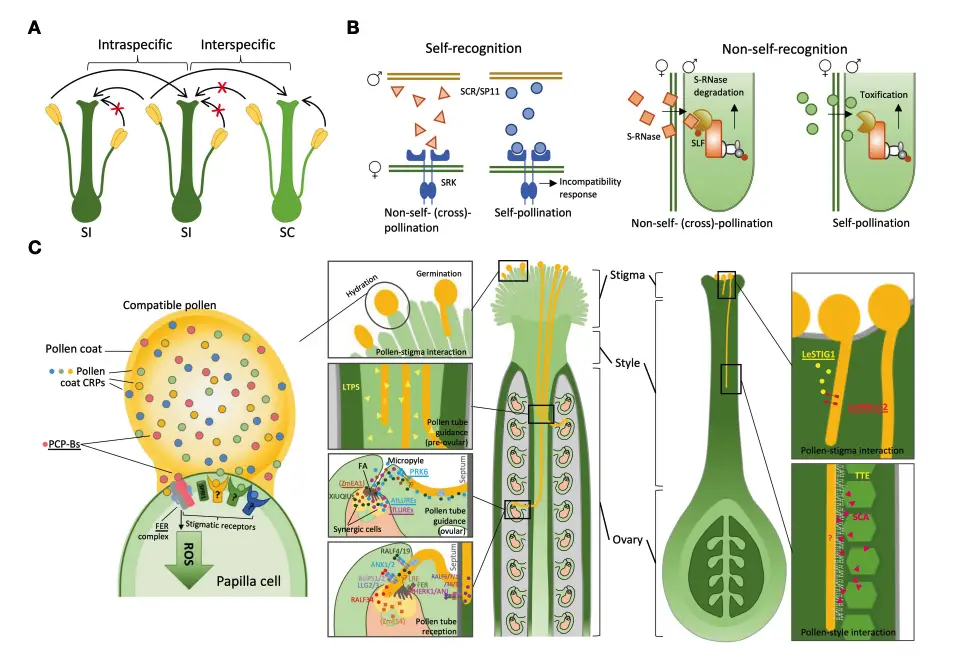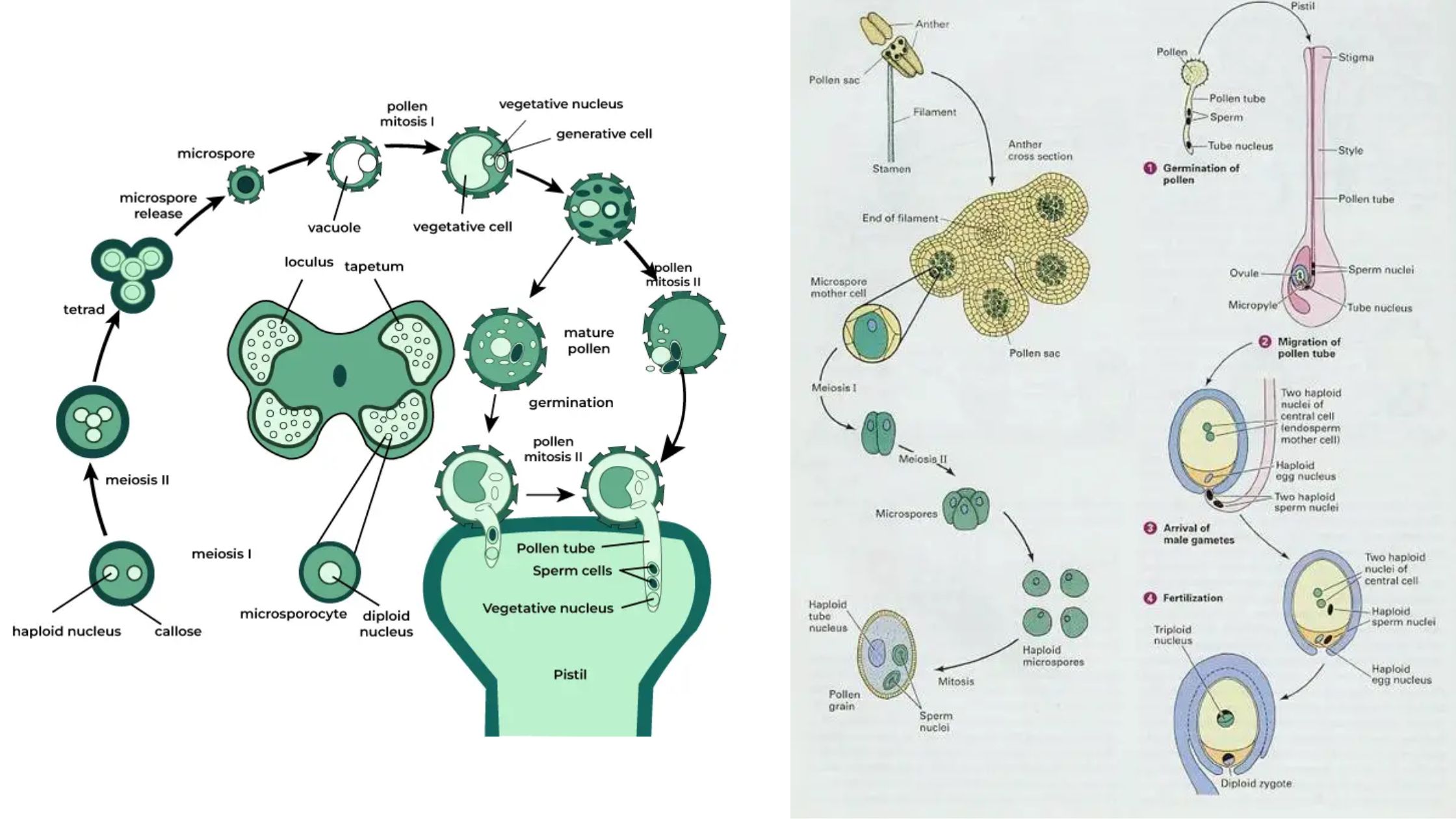Hybridization –Types, Procedure, advantages, and limitations.
Hybridization is the process in which two organisms that belong to different varieties, subspecies, species, or even genera are crossed, and it results in the formation of a hybrid that carries genetic characters from both parents. It is the crossing that occurs naturally or by human interference where the genetic materials from two distinct parents … Read more
